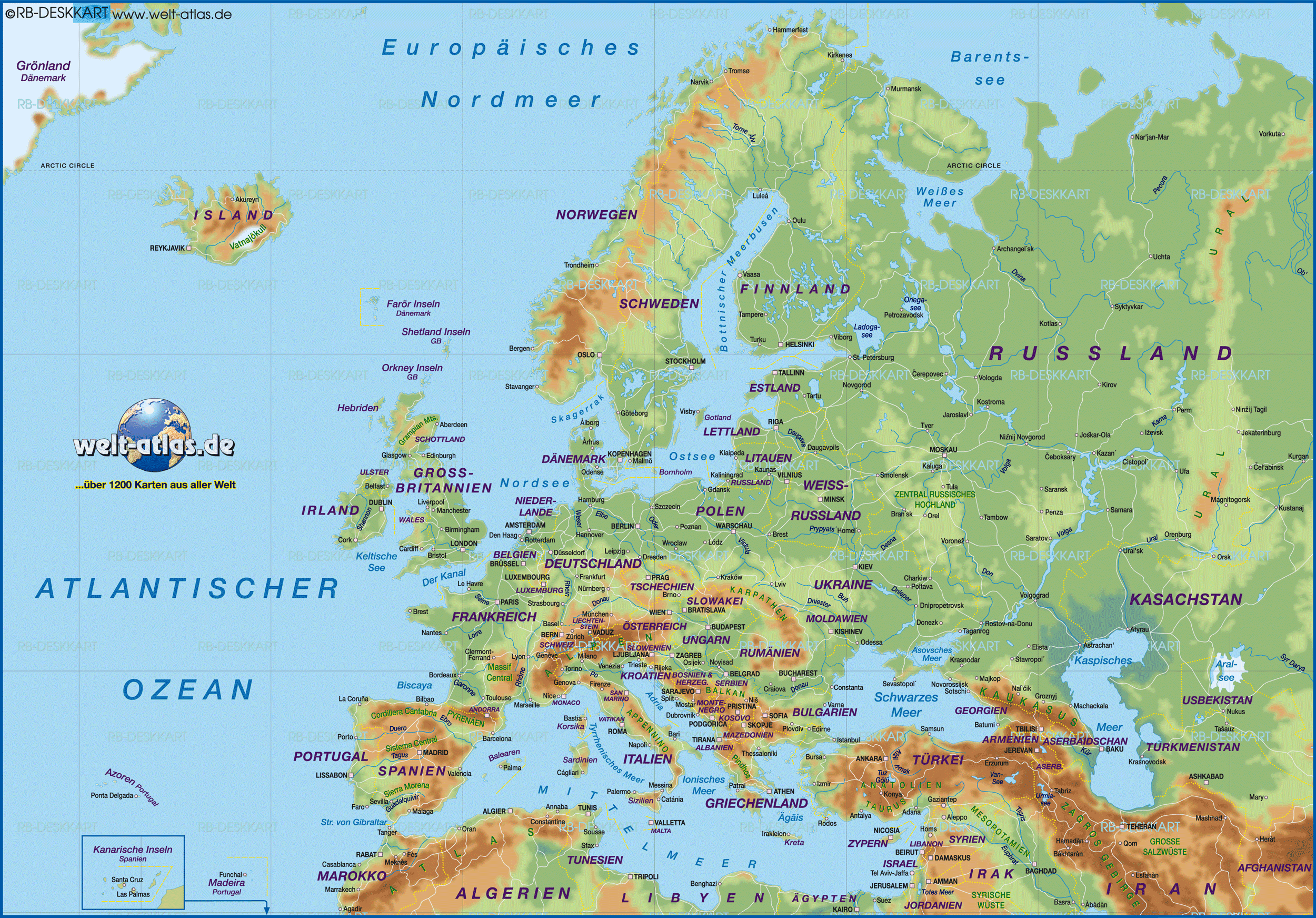Europa (altgriechisch Εὐρώπη, Eurṓpē) ist ein Erdteil, der sich über das westliche Fünftel der eurasischen Landmasse erstreckt. Obwohl es geographisch gesehen ein Subkontinent ist, der mit Asien zusammen den Kontinent Eurasien bildet, wird es historisch und kulturell begründet meist als eigenständiger Kontinent betrachtet. Dies verweist darauf, dass sich der Begriff „Europa“ nicht in der geographischen Definition erschöpft, sondern sich auch auf historische, kulturelle, politische, wirtschaftliche, rechtliche, ideelle und identitäre Aspekte bezieht.
maps are also distinct for the global knowledge required to construct them. A meaningful map of the world could not be constructed before the European Renaissance because less than half of the earth's coastlines, let alone its interior regions, were known to any culture. New knowledge of the earth's surface has been accumulating ever since and continues to this day. Maps of the world generally focus either on political features or on physical features. Political maps emphasize territorial boundaries and human settlement. Physical maps show geographic features such as mountains, soil type or land use. Geological maps show not only the surface, but characteristics of the underlying rock, fault lines, and subsurface structures. Choropleth maps use color hue and intensity to contrast differences between regions, such as demographic or economic statistics.







